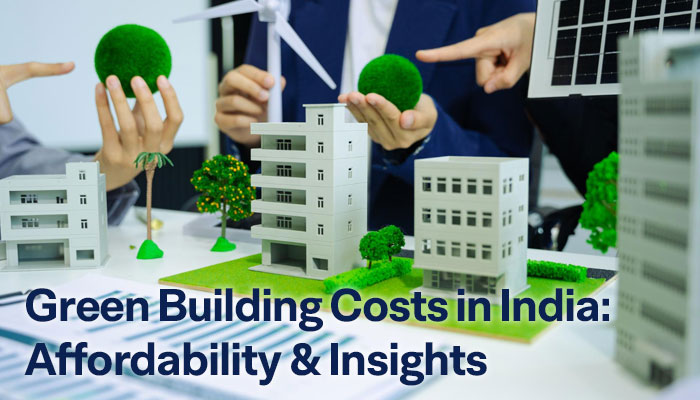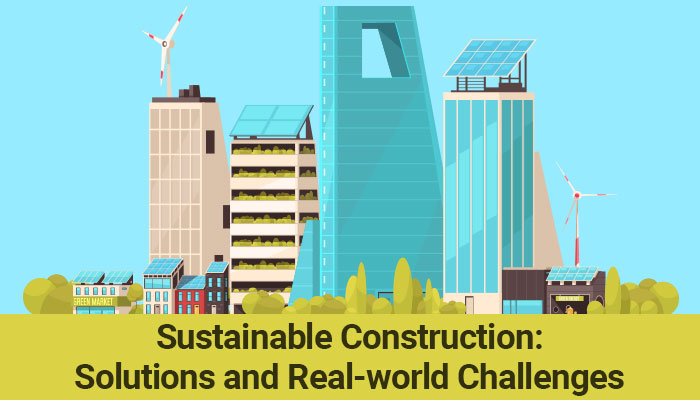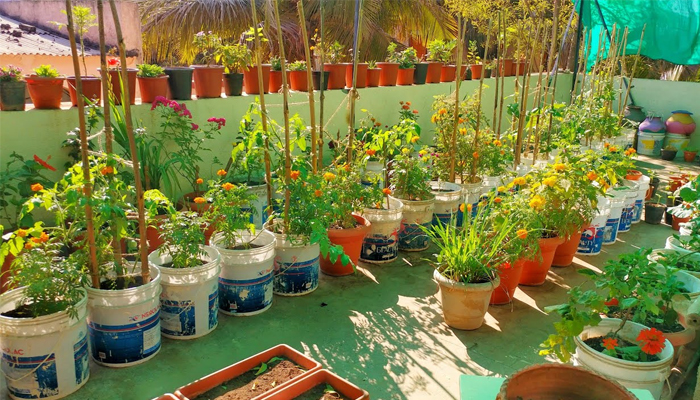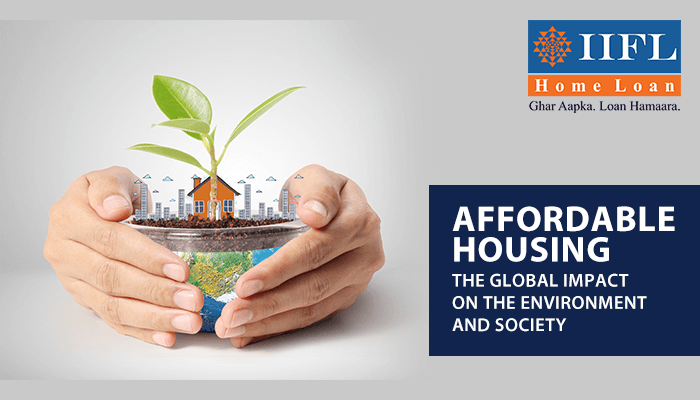Decoding Green Construction and Green Building: Understanding the Contrast
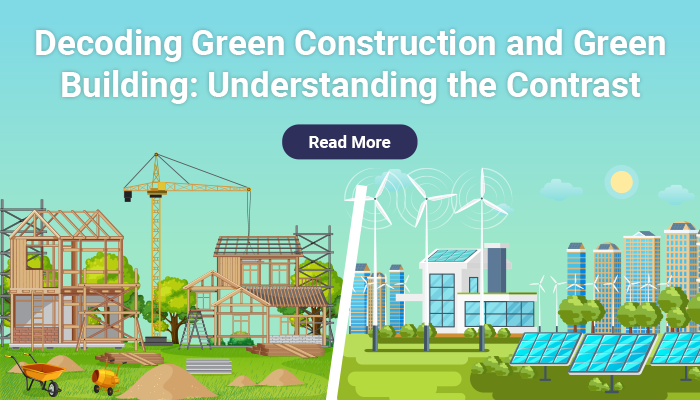
In the construction industry, there are two distinct yet related concepts: green construction and green buildings. Green construction involves utilizing environmentally responsible practices during the building process, while green buildings are the physical results of these practices. A green building is the final product that represents sustainability and efficient use of resources achieved through green construction methods.
Let’s break each aspect down for more clarity.

What is Green Construction?
Green construction, also known as sustainable construction, encompasses a wide range of eco-friendly practices throughout the construction process. In the context of India's construction sector, green construction methods aim to minimise environmental impact and optimise resource efficiency.
What are Some Green Construction Strategies?
A. Sustainable Site Selection:
Green construction begins with the choice of location for a new project. Developers are selecting sites that have minimal environmental impact, preserving natural habitats, and reducing pressure on critical ecosystems. Check out IIFL Home Loans’ Green Value Partner initiative for end-to-end assistance.
B. Energy Efficiency:
Builders are incorporating innovative technologies, such as energy-efficient lighting, insulation, and HVAC systems, to reduce energy consumption and operational costs in the long run.
C. Water Conservation:
In various parts of India, water scarcity is a pressing concern, which has made water conservation an essential aspect of green construction. To promote water sustainability, developers are incorporating rainwater harvesting systems, water recycling, and water-efficient fixtures.
D. Waste Management:

Construction generates a significant amount of waste, but green construction aims to minimise this. Waste management strategies, such as recycling and reusing materials, are being incorporated during construction to reduce the amount of waste sent to landfills.
What are Green Buildings?
Green buildings are the end results of green construction practices. These buildings are designed and constructed to be environmentally responsible, resource-efficient, and occupant-friendly. IIFL Home Loans’ Green Value Partner program offers end-to-end support right from site assessment through construction to certifications.
What are Some Features of Green Buildings?
A. Sustainable Design:
Buildings that are considered "green" incorporate sustainable design principles, including passive cooling techniques, proper orientation, and the use of natural lighting. These practices help to reduce the need for artificial heating and cooling, resulting in significant energy savings.
B. Renewable Energy Integration:
To reduce reliance on conventional energy sources, green buildings in India often integrate renewable energy systems like solar panels or wind turbines.
C. Indoor Environmental Quality:
Occupant health and comfort are vital considerations in green buildings. Low-VOC materials, proper ventilation systems, and biophilic designs contribute to better indoor air quality and overall well-being.
D. Certification and Recognition:
In India, buildings that are environmentally friendly can obtain certification from organizations such as the Indian Green Building Council (IGBC) or the Green Rating for Integrated Habitat Assessment (GRIHA). These certifications acknowledge sustainable accomplishments and promote the use of green building practices. For professional assistance with these matters, consider IIFL Home Loans.
Green versus Sustainable: A Quick Comparison
"Green" projects have a positive environmental impact, designed to minimize harm to nature.
"Sustainable" projects consider long-term implications for the environment and society as a whole.
Green initiatives may not be fully sustainable if they neglect social or economic aspects.
True sustainability incorporates green practices as part of broader efforts to create a resilient system for occupants.
To Sum Up!
Green construction and green buildings represent two distinct but interconnected facets of sustainable development in the Indian construction sector. While green construction focuses on adopting eco-friendly practices throughout the construction process, green buildings prioritise resource efficiency, occupant well-being, and environmental responsibility in the final built environment.
FAQs
1. What is the role of financial institutions in promoting green construction and green buildings?
Companies such as IIFL Home Loans provide support to developers throughout the entire process, starting from the initial evaluation until the final certification. They also carry out additional tasks such as releasing green bonds and setting up green funds to finance eco-friendly building projects.
2. How do green buildings affect the environment?
Green buildings have a positive impact on the environment by reducing energy consumption, water usage, and waste generation, thereby promoting sustainability and mitigating environmental degradation.
3. What are the challenges in incorporating green practices in construction?
Primary challenges include higher upfront costs, the need for specialised knowledge and expertise, certifications, and potential resistance to change within the industry.
4. What is the difference between a green building and a conventional building?
A green building is designed, constructed, and operated with a focus on sustainability throughout its entire lifecycle, while a conventional building follows standard building practices without specific emphasis on eco-friendly or energy-efficient features.
5. What are some recent green construction trends?
-
Renewable energy sources such as solar panels and wind turbines
-
Smart technologies for energy management and building automation
-
Integration of green roofs and vertical gardens to improve insulation
-
Sustainable and recycled building materials
Tags
Disclaimer: The information contained in this post is for general information purposes only. IIFL Home Finance Limited (including its associates and affiliates) ("the Company") assumes no liability or responsibility for any errors or omissions in the contents of this post and under no circumstances shall the Company be liable for any damage, loss, injury or disappointment, etc. suffered by any reader. All information in this post is provided "as is", with no guarantee of completeness, accuracy, timeliness, or of the results, etc. obtained from the use of this information, and without warranty of any kind, express or implied, including, but not limited to warranties of performance, merchantability, and fitness for a particular purpose. Given the changing nature of laws, rules, and regulations, there may be delays, omissions, or inaccuracies in the information contained in this post. The information on this post is provided with the understanding that the Company is not herein engaged in rendering legal, accounting, tax, or other professional advice and services. As such, it should not be used as a substitute for consultation with professional accounting, tax, legal or other competent advisers. This post may contain views and opinions which are those of the authors and do not necessarily reflect the official policy or position of any other agency or organization. This post may also contain links to external websites that are not provided or maintained by or in any way affiliated with the Company and the Company does not guarantee the accuracy, relevance, timeliness, or completeness of any information on these external websites. Any/ all (Home/ Loan Against Property/ Secured Business Loan/ Balance Transfer/ Home Improvement Loan/ NRI Home Loan/ Home Loan for Uniformed Services) loan product specifications and information that may be stated in this post are subject to change from time to time, readers are advised to reach out to the Company for current specifications of the said (Home/ Loan Against Property/ Secured Business Loan/ Balance Transfer/ Home Improvement Loan/ NRI Home Loan/ Home Loan for Uniformed Services) loan.
 Login
Login






